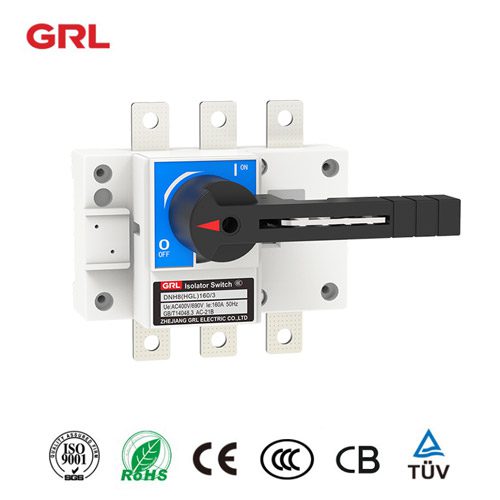# Dextrin Syrup: Properties and Applications in Food Industry
## Introduction to Dextrin Syrup
Dextrin syrup is a versatile carbohydrate product derived from the partial hydrolysis of starch. This process breaks down starch molecules into smaller, more soluble components, resulting in a syrup with unique functional properties. As a food ingredient, dextrin syrup plays a significant role in various applications due to its specific characteristics.
## Chemical and Physical Properties
Dextrin syrup possesses several notable properties that make it valuable in food production:
– Solubility: Highly soluble in water, forming clear solutions
– Viscosity: Lower viscosity compared to native starch
– Sweetness: Mild sweetness, typically less than sucrose
– Hygroscopicity: Moderate water-binding capacity
– Stability: Resistant to crystallization
– Fermentability: Easily fermentable by microorganisms
## Production Process
The manufacturing of dextrin syrup involves several key steps:
1. Starch slurry preparation
2. Acid or enzymatic hydrolysis
3. Neutralization (if acid hydrolysis is used)
4. Filtration and purification
5. Concentration to desired solids content
The degree of hydrolysis determines the dextrose equivalent (DE) value, which influences the syrup’s properties and applications.
## Applications in Food Industry
### Confectionery Products
Dextrin syrup serves as an important ingredient in various confectionery items:
– Chewing gum: Provides texture and prevents crystallization
– Hard candies: Controls sweetness and improves shelf life
– Gummies and jellies: Contributes to chewiness and moisture retention
### Bakery Applications
In baked goods, dextrin syrup offers multiple benefits:
– Extends freshness by retaining moisture
– Enhances browning through Maillard reactions
– Improves texture and volume in bread products
– Acts as a humectant in cookies and cakes
### Beverage Industry
Dextrin syrup finds use in beverage formulations as:
– A bodying agent in low-calorie drinks
– A fermentable sugar source in alcoholic beverages
– A sweetness modifier in flavored waters
### Dairy Products
In dairy applications, dextrin syrup functions as:
– A texturizer in ice cream and frozen desserts
– A stabilizer in yogurt and cultured products
– A sweetness balancer in flavored milks
## Nutritional Considerations
Dextrin syrup provides approximately 4 calories per gram, similar to other carbohydrates. While it’s easily digestible, its glycemic impact depends on the DE value. Lower DE syrups may have a slower digestion rate compared to higher DE products.
## Advantages Over Other Sweeteners
Compared to other sweetening agents, dextrin syrup offers several advantages:
– Less sweet than sucrose, allowing for better flavor control
– More stable than liquid sugars in certain applications
– Better solubility than some solid sweeteners
– Improved texture modification capabilities
## Future Trends and Innovations
The food industry continues to explore new applications for dextrin syrup, including:
– Development of clean-label, non-GMO variants
– Use in reduced-sugar formulations
– Application in plant-based food products
– Incorporation into functional foods and nutraceuticals
As consumer demands evolve, dextrin syrup remains a valuable tool for food formulators seeking to create products with specific texture, stability, and sensory characteristics.



